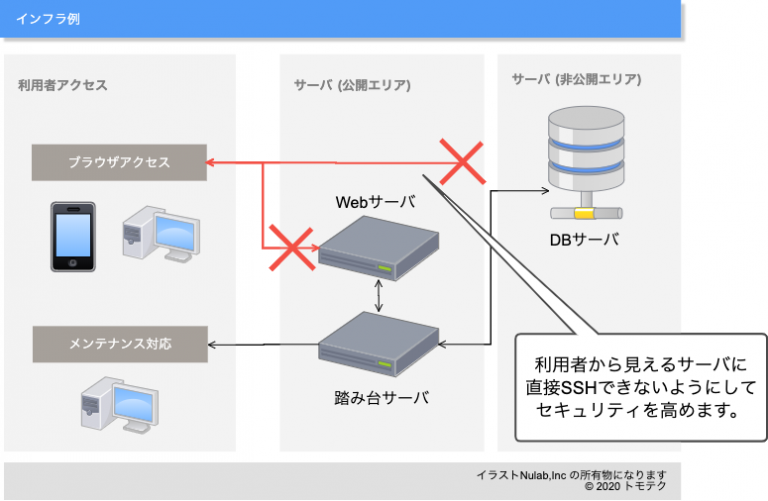

Or, said another way, we will wrap our connections with TLS, but we do so simply to leverage SNI so that the client can tell us which server they want to connect to. We’ll use the TLS protocol and its SNI extension together with the SSH Prox圜ommand feature. So, we have to wrap the connections inside another protocol that will help on that point. As said previously, HAProxy doesn’t analyze the SSH protocol and, anyway, this protocol doesn’t provide any hint about the destination. In order to route the SSH connections to different servers, you have to know which server the user wants to access. add a security layer in order to restrict the login ability based on client certificates.


Watch our on-demand webinar in French “How to Route SSH Connections with HAProxy”.ĭid you know that you can proxy SSH connections through HAProxy and route based on hostname? The advantage is that you can relay all SSH traffic through one public-facing server instead of needing to grant users direct access to potentially hundreds of internal servers from outside the network. Route SSH connections through HAProxy using the SSH Prox圜ommand feature and SNI.


 0 kommentar(er)
0 kommentar(er)
